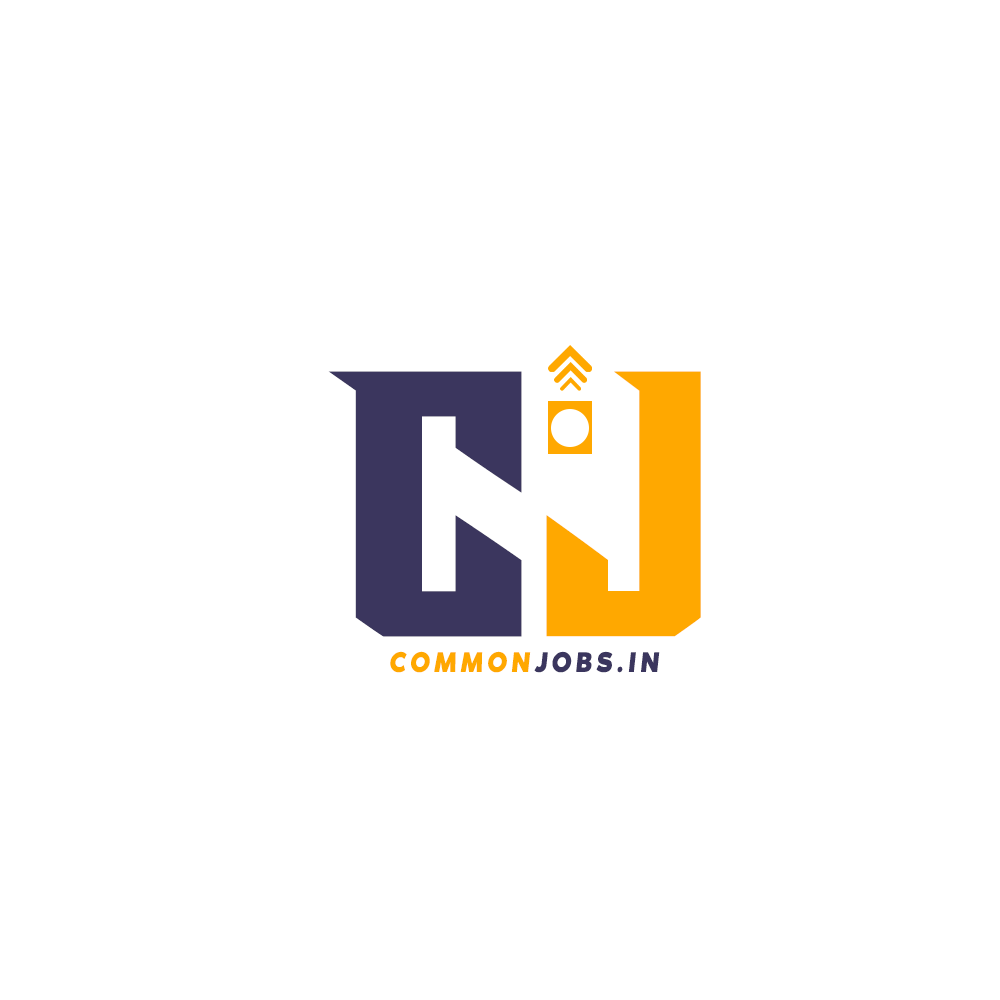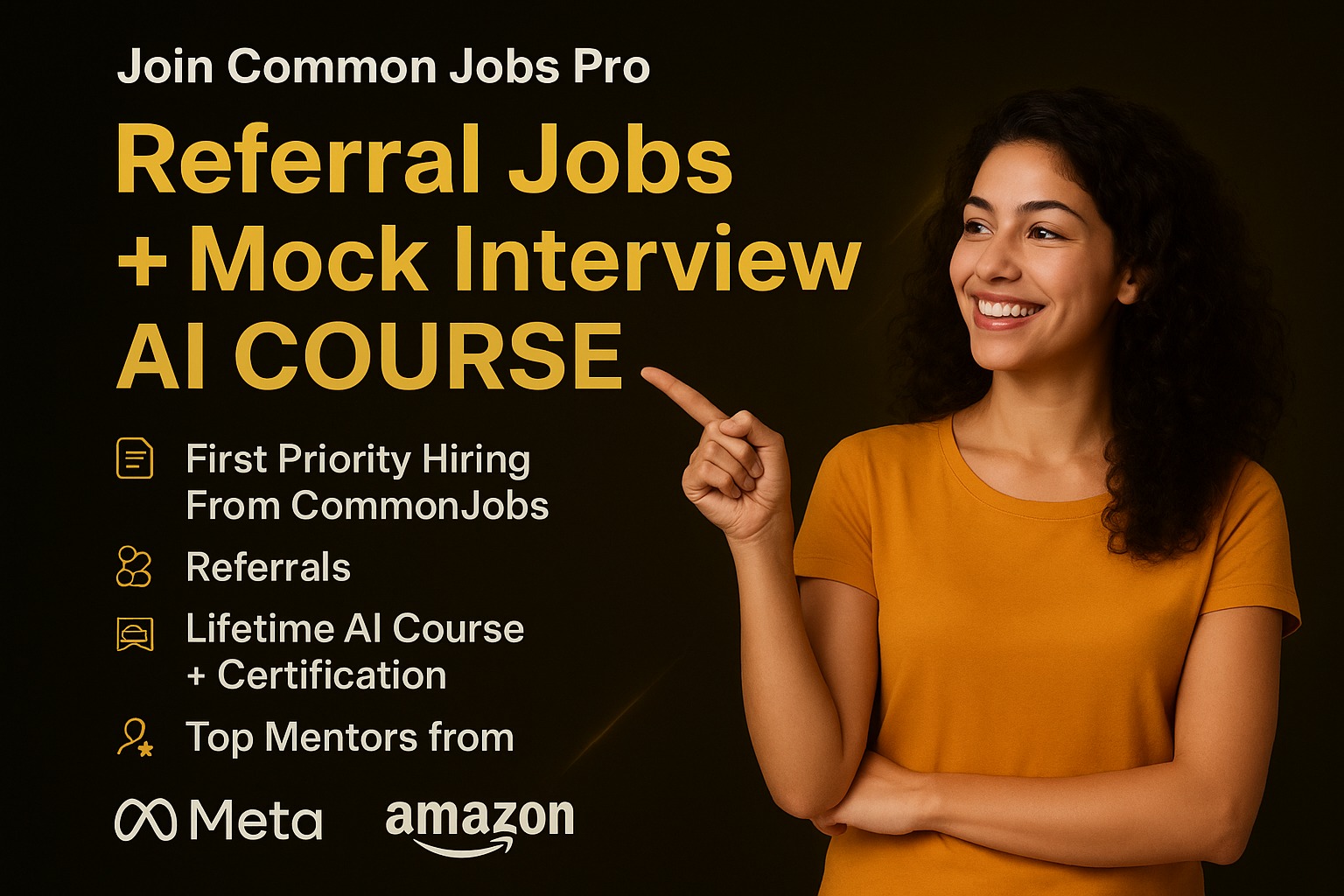7 Job-Winning Templates for Your Dream Job
7 Job-Winning Templates for Your Dream Job : Listing your qualifications is no longer enough to create a resume that stands out; you also need to tell your story in a way that will catch the reader’s attention right away. Your resume is your first impression, regardless of whether you’re a professional looking to advance in your career or a freshman trying to get your first job. Additionally, first impressions are more important than ever in a competitive market.
The reality is that most resumes are rejected due to poor formatting, unclear structure, or just not grabbing the recruiter’s attention, not a lack of skill. This is where resume templates are useful—not just any templates, but ones that are purposefully made to be recruiter-approved, ATS-friendly, and aesthetically pleasing.
1. The Chronological Resume
Whether you’re applying for a government job, a startup, or an MNC, we’ve selected seven resume templates that have helped thousands of people get interviews. Every template has been carefully chosen to align with various industries and career stages. What’s the best part? Using tools like Novorésumé, which streamline the process and highlight your strengths, you can begin creating yours right now.
With good reason, the chronological resume format is the most popular and well-known. Your work history is listed in reverse chronological order, beginning with your most recent position and working your way back. Candidates with a consistent work history and a clear career progression are best suited for this format. Because it’s simple to scan and provides a clear timeline of your employment history, including where you’ve worked, how long you’ve been there, and your accomplishments at each stage, recruiters adore it.
Also read – How to write a resume with no experience
2. The Functional Resume
Your work history is less important on a functional resume than your skills and competencies. It organizes your accomplishments under particular skill categories, such as “Project Management,” “Technical Skills,” or “Team Leadership,” rather than listing your work experiences chronologically. Because it focuses on your abilities rather than deadlines, this format is particularly helpful for recent graduates, career changers, and people with gaps in their employment history.
You can more effectively demonstrate how your skills match the position you’re applying for by structuring your resume around your strengths rather than your previous employment. It’s a clever strategy to emphasize transferable skills when you’re entering a new field. You can create a polished, modern, and recruiter-friendly functional resume with Novorésumé, which will help you confidently and clearly highlight your strengths.
3. The Combination Resume
The hybrid resume, sometimes referred to as a combination resume, combines the best elements of chronological and skills-based resume formats. A compelling synopsis of your main accomplishments and abilities comes first, then a list of your work experience in reverse chronological order. While still giving the context of where and when you used those skills, this method gives recruiters a brief overview of your abilities up front.
This format is ideal for candidates with a strong set of skills and a solid work history — especially mid-level professionals or those switching industries but with relevant experience. It allows you to highlight your most impressive qualifications while still showing career progression. With platforms like Novorésumé, you can easily build a combination resume that is visually balanced, ATS-compliant, and perfectly suited for roles that require both expertise and experience.
4. The Targeted Resume
A single job opportunity is the focus of the targeted resume. From the goal to the qualifications and experience, every section is customized to meet the demands of the job for which you are applying. In order to demonstrate to the employer that you are not just a suitable candidate but the best fit, this format focuses on matching your accomplishments, credentials, and even language with the job description.
The targeted resume greatly improves your chances of being noticed, but it also takes more time and customization for each application. It shows that you are truly interested in the position, have done your research, and comprehend the needs of the business. In highly competitive industries where customized applications are more noticeable than generic ones, this format works particularly well.
5. The Creative Resume
By using visual components like original layouts, custom fonts, color schemes, or even illustrations, the creative resume deviates from conventional formats. It is frequently employed in creative fields like media, marketing, and design where exhibiting uniqueness is advantageous. While clearly showcasing your abilities and experience, this format lets your individuality and inventiveness come through.
A creative resume can, however, create a powerful first impression, but it’s crucial to make sure the design doesn’t overpower the content. It should still be simple to read, appropriate for a professional setting, and ideally supported by samples of work or a portfolio. It works best when applied to organizations that value creative thinking and visual storytelling.
6. The Infographic Resume
An infographic resume conveys your experience and abilities through visual data representations such as timelines, charts, graphs, and icons. It’s captivating, striking, and especially good at capturing attention fast. Candidates in UX/UI, data visualization, marketing, or any position that benefits from design and analytics will find this format ideal.
The infographic resume is visually striking, but it has a drawback: it may not always work with Applicant Tracking Systems (ATS), which are used by many employers to review resumes. Therefore, rather than using automated systems, it works best when you’re sending your resume to a person directly, such as via email, portfolio links, or networking opportunities.
10 AI Tools Every Student or Fresher Must Use in 2025
7. The Video Resume
The video resume is a brief, pre-recorded presentation in which you highlight your qualifications, introduce yourself, and discuss why you’re a perfect fit for the position. By allowing employers to see your personality, communication style, and confidence, which a traditional resume cannot adequately convey, it gives the application process a more human touch.
A video resume can be a useful addition to a traditional resume, but it shouldn’t be used in place of one. This is particularly true for creative industries, client-facing positions, and remote job applications. Though it should be professional, well-edited, and no more than one or two minutes, it demonstrates initiative and digital savvy. When done correctly, it can differentiate you from the crowd and create a lasting impression.



